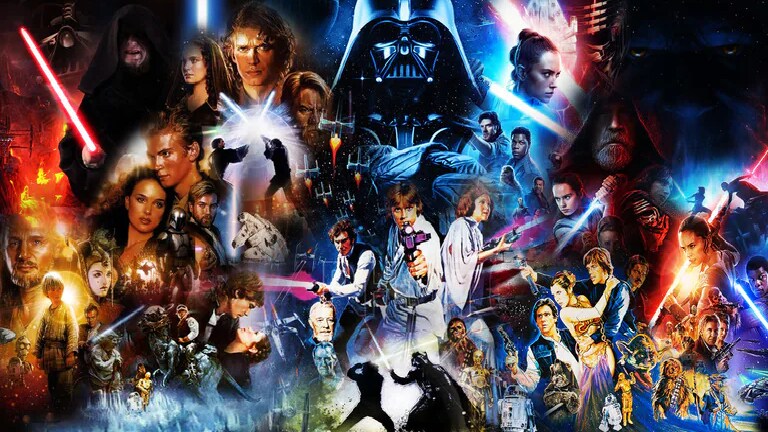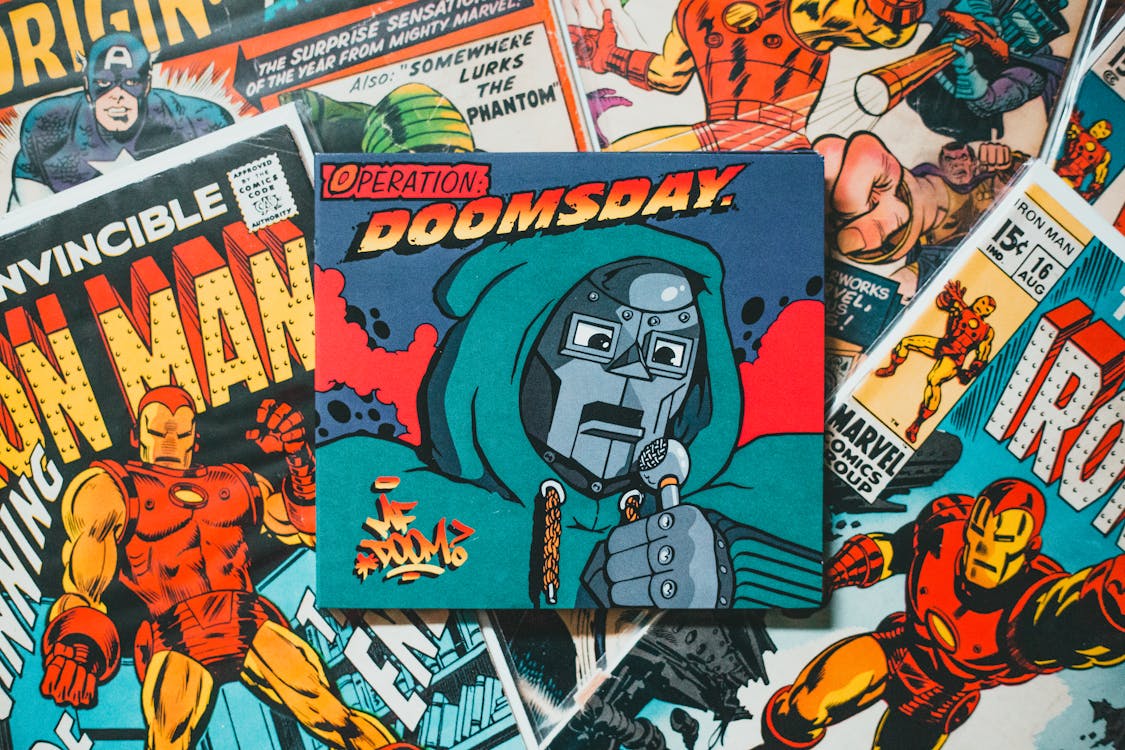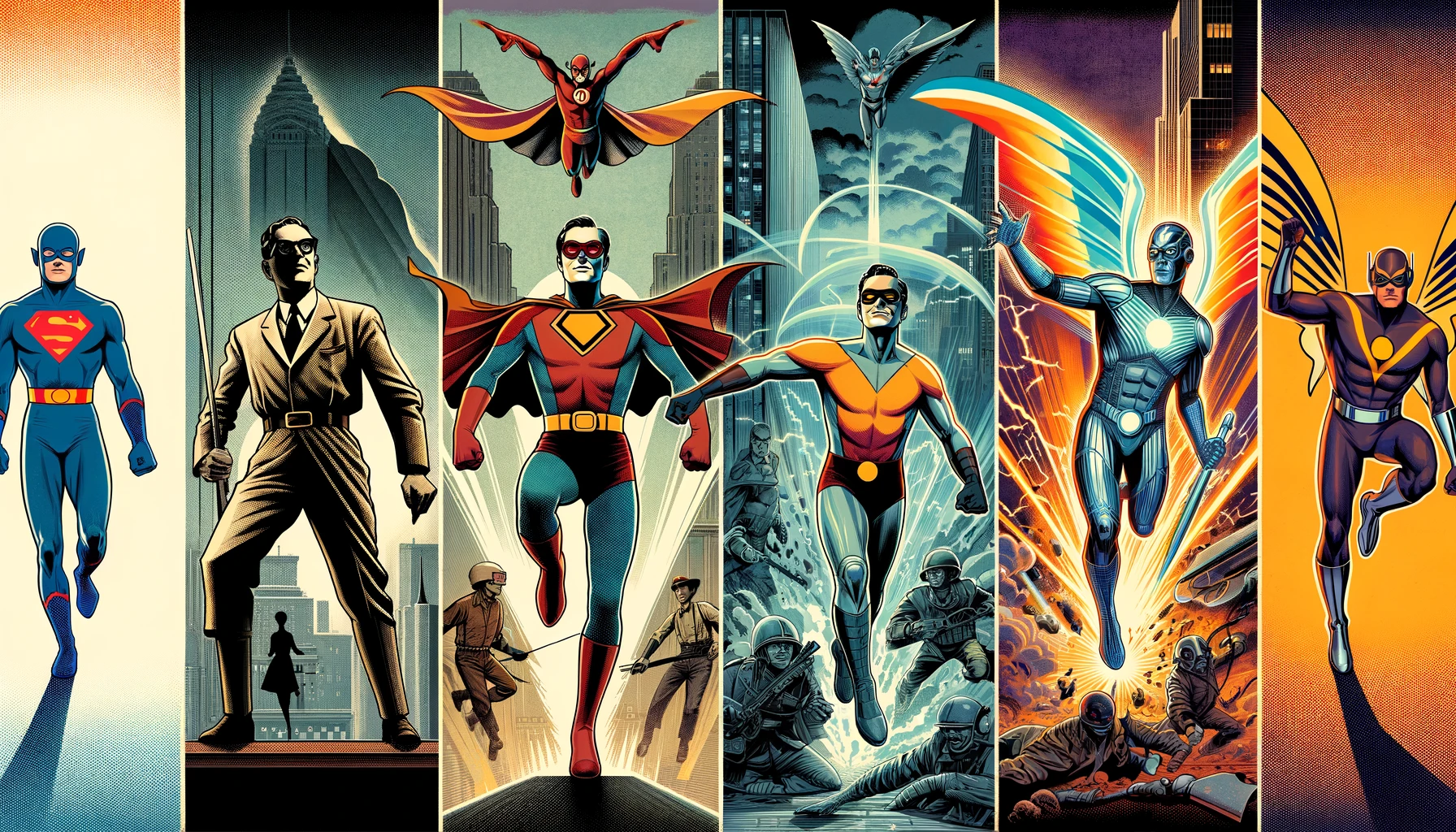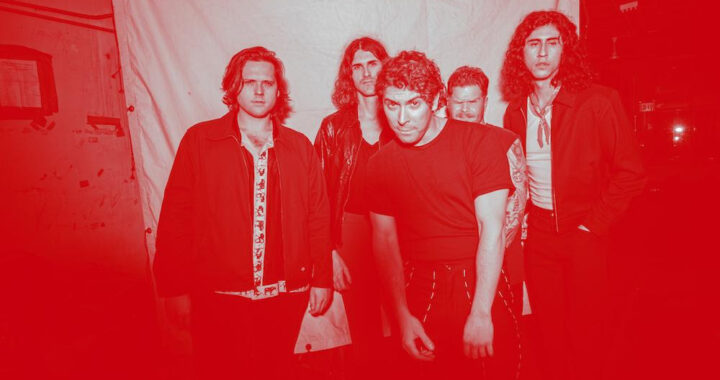
Discover The Rich History of Arab Comics
The widespread popularity of manga and other comics originating from Japan and Asia, comic book art is a global phenomenon that is practiced all over the world, including in Europe, the US, and the Middle East. However, many people are unaware of the longstanding Arab comic book movement that dates back almost a century. Comics are used to portray both humorous and significant events in daily life, and in the Arab world, they hold immense significance as they have been the primary means of reflecting on sensitive socio-political circumstances for a considerable period. The influences of these comics can be seen throughout Arab culture, even at the best Arabic online casinos. If you want to delve deeper into the history and unique characteristics of Arab comics, then you have come to the right place! Continue reading to learn fascinating details about this art form and its importance in the Middle East.
Comic Books Development in the Middle East
The origins of comic books can be traced back to ancient Egyptian hieroglyphs, which often depicted humorous events. Today, the Middle East has a thriving comic book culture that has been used to address significant events that may have otherwise been difficult to discuss openly. From the British occupation of Egypt to authoritarian regimes and civil wars, historical moments have inspired artists in the region. Since 1940, unknown illustrators began adapting Western comic book icons, a process referred to as “Arabizing” to make the characters more relatable to local audiences. The likes of Superman, Mickey Mouse, and Tintin quickly became favorites in Egypt, Lebanon, Algeria, Iraq, and other Middle Eastern countries.
The Evolution of Arab Comics
For more than a century, Arab artists and publishing houses have been devoted to sequential art, also known as the art of comic books, creating original works that have fascinated audiences throughout the region. Serial comics like Samir and Sindibâd have not only entertained but also addressed significant political events that have shaped the Arab world. These comics were initially aimed at young audiences and were both playful and thought-provoking. In recent years, however, comic illustrators have shifted their focus to more mature audiences, using the medium to explore the complex issues of the region. Leading this movement are artists such as Foua Mezher, Omar Khouri, and Len Merhej, who are pushing the boundaries of comics that explore the Arab world. Their work is not only highly esteemed within the Middle East but also internationally, as they are frequently invited to participate in global conventions and exhibitions.
Kismet: The First Muslim Superhero
When discussing comic books, the topic of superheroes inevitably arises. Although the genre has expanded over time, superhero comics remain the most popular. Interestingly, the first Middle Eastern superhero was created 79 years ago. Kismet: Man of Fate tells the story of an Algerian living in France during the Nazi invasion. The comic book, which was published from 1938 to 1956, portrays the hero as a resistance fighter with the ability to see into the future.
Unlike other popular superheroes like Superman and Batman, Kismet did not have an alter ego. He only appeared in his signature outfit consisting of a cape, gloves, fez, jodhpurs, and boots. The character’s origins were unmistakably Arabic, which was a groundbreaking move during a time when diversity and inclusivity were not as emphasized as they are today.
The comic was credited to “Omar Tahan” on the pages, but it was later revealed that this was just a pen name used by Ruth Roche. Ruth was a prolific editor and writer of multiple comics at the time, and she created Kismet’s character, sending him on missions against the Nazis in Southern France, the Czech Underground, and even the German Bavarian Alps. Kismet was first featured in all four issues of Bomber Comics before the series was canceled. Although many comics during that time had brief runs and were eventually forgotten, Kismet was revived in 2015, and his final wartime adventures were included in the Broken Frontier Anthology. This was made possible through a successful Kickstarter campaign.
Other Popular Arab-Inspired Comic Books
There are several popular comic books from or related to the Arab world that have gained a following in recent years. These comics cover a wide range of topics, including historical events, social issues, and cultural traditions. Here are some noteworthy titles:
- Habibi by Craig Thompson
- The Rabbi’s Cat by Jann Sfar
- Hasib & the Queen of Serpents by David B
- Pride of Baghdad by Brian Vaughan
- River Jordan by Merik Tadros
- Baddawi by Leila Abdelrazaq
- The Arab of the Future by Riad Sattouf
These works of art have been praised for their unique storylines, stunning illustrations, and their ability to provide a window into Arab culture and history. Whether you’re a long-time comic book fan or just starting to explore the genre, these comics offer an interesting and engaging perspective on the Arab world.
Final Thoughts
Arab comics have a rich history that dates back almost a century and has been used to reflect on sensitive socio-political circumstances in the region. From the adaptation of Western comic book icons to the creation of original comics, Arab artists and publishing houses have been captivating audiences in the region and internationally. The genre has evolved to explore the region’s complex issues, with mature content that pushes the boundaries of Arab comics. These comics provide a fascinating window into Arab culture and history, showcasing unique storylines and stunning illustrations. Overall, Arab comics remain a vital and relevant art form in the Middle East and beyond.
Author Profile
Latest entries
 ColumnsMay 6, 2024A Comprehensive Evaluation of the Premier Online Betting Service, Casinonic
ColumnsMay 6, 2024A Comprehensive Evaluation of the Premier Online Betting Service, Casinonic ColumnsApril 30, 2024Igniting Your Child’s Love for Star Wars: A Parent’s Guide
ColumnsApril 30, 2024Igniting Your Child’s Love for Star Wars: A Parent’s Guide Comic Book NewsApril 30, 2024The Links Between Comics and Casinos
Comic Book NewsApril 30, 2024The Links Between Comics and Casinos Comic BooksMarch 18, 2024The Evolution of Superheroes: A Journey Through Comic Book History
Comic BooksMarch 18, 2024The Evolution of Superheroes: A Journey Through Comic Book History









